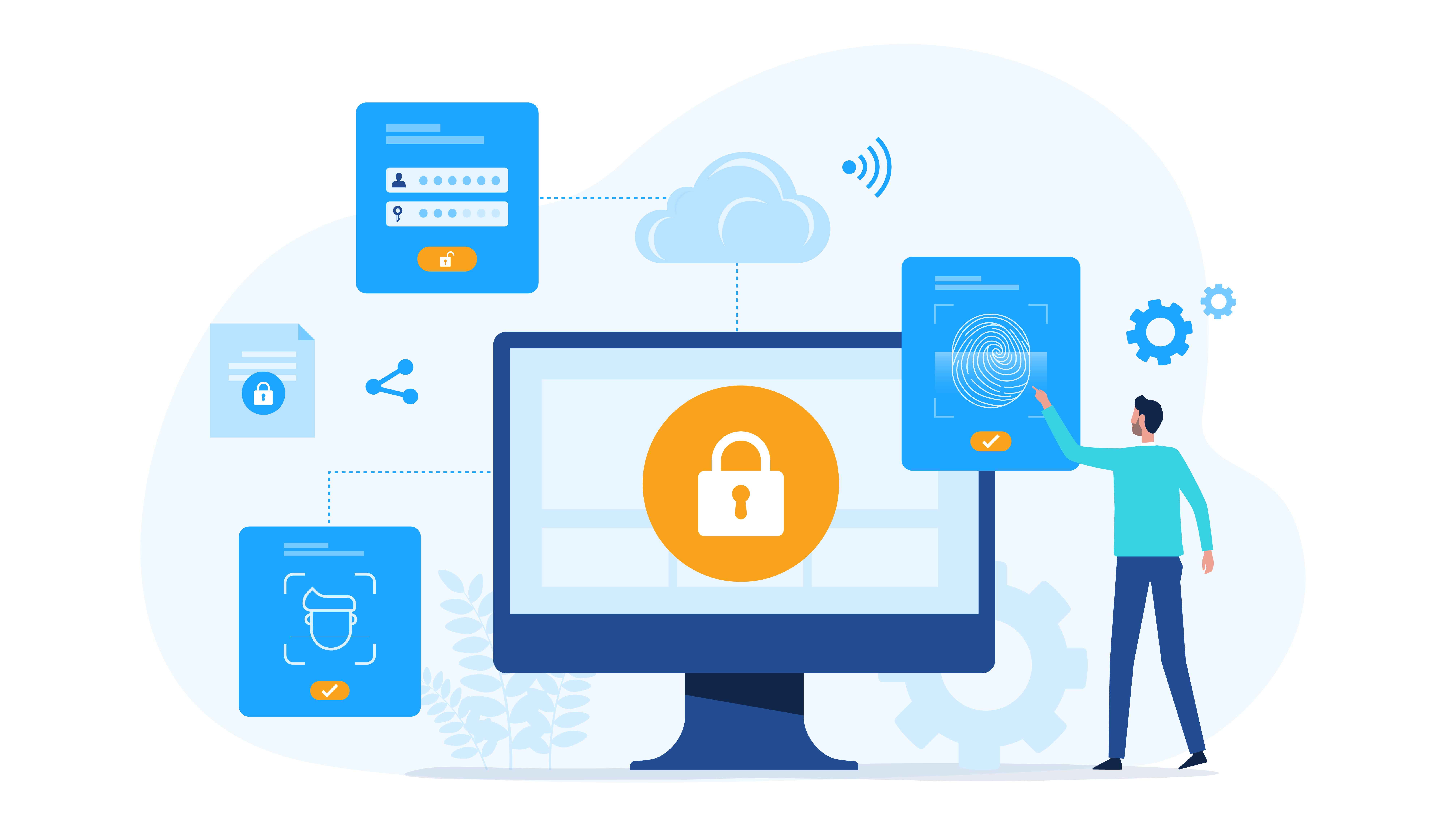
Data governance frameworks are crucial for ensuring the appropriate parties can access accurate and reliable organizational information to stay informed and drive business value. What should relevant professionals do to ensure the ways they collect, process, store and use information will improve the quality of what a company’s internal stakeholders know?
Standardize Processes for Collecting Information
Standardizing how the organization gathers information will reduce uncertainty and errors that could cause reliability problems by introducing duplicate or incomplete records. Decision-makers should seek feedback from various parties directly handling incoming data to learn about their most frequent issues.
Once the organization finalizes the process, the steps should be documented and available for easy reference. Then, people can stay abreast of them as changes occur over time.
Improve Metadata Management
Metadata is foundational to effective data governance because it is the information layer that reveals details about the functions, structures and relationships of a system’s content. An example of metadata management in action comes from NASA’s Common Metadata Repository. It contains the metadata for more than a billion files from about 10,000 collections. Moreover, the CMR includes tens of thousands of records from members of the Committee on Earth Observation Satellites, in which NASA also participates.
Maintaining metadata files to this extent would be impossible without a well-defined management strategy. Its results benefit NASA and partner organizations. This example should inspire data professionals across industries.
Establish Access Controls
The organizational knowledge someone needs varies greatly depending on their role, background and duties. That explains why a strong data governance strategy requires cybersecurity measures that provide frictionless accessibility to the necessary information without enabling excessive access.
Strategically applied controls also prevent issues that could interfere with organizational knowledge quality, such as a disgruntled former employee tampering with databases after they leave. These precautions also safeguard against data breaches. Statistics revealed more than 3,200 instances of compromised information in 2023 alone. Access controls are only part of the measures to prevent them, but they remain vital for upholding data governance.
Create Data Validation Protocols
Data validation protocols enrich organizational knowledge by increasing people’s confidence in the content.Those involved in this step should go through checklists that cover particulars such as quality, access, ownership and file age. Verifying that all is as it should be with those parameters is an important step in maintaining quality.
Involved parties should also explore automatedtools to examine data against the stated specifics and flag potentiallyproblematic entries. Automation can support organizational knowledge whilehelping people save time.
Optimize Data Governance’s Impact on Knowledge Quality
Once data professionals improve how theirorganizations use internal information, how can they continue to emphasizeknowledge quality to see the greatest gains?
1. Adopt Strategies for Maintaining Data Integrity
Factors such as company growth, new information streams and acquisitions can disrupt data integrity. However, those overseeing organizational knowledge should behave proactively to mitigate the undesirable effects.
High-quality information is essential to data governance goals. That is especially true for organizations using artificial intelligence, as many are orplan to do this year. Even the most advanced models are only as good as what’s fed into them. Periodic checks, employee training and improved processes can prioritize integrity even as internal changes occur.
2. Ensure Compliance With Regulations
The overall quality of organizational knowledge and the information influencing it also depends on whether the company complies with data protection requirements worldwide. Stipulations vary, but they usually apply wherever the business operates or engages with customers, giving the laws a wide reach.
Complications arise because these regulations exist in an evolving landscape. As of 2025, more than 120 countries have data protection and privacy laws. These collectively affect the information companies can collect and keep, especially if it relates to customers or others associated with these businesses. Rather than automatically assuming organizations can use data because it aligns with their knowledge needs, the responsible parties should review regulations first.
3. Measure the Impacts of Data Governance Practices on Knowledge Quality
Once an organization establishes a data governance framework, relevant professionals should select appropriate metrics to gauge how well the existing system and its practices support people’s access to organizational knowledge.
They can measure things such as:
● Data quality
● Access frequency
● Compliance violations
● Training hours
● Security issues
Tracking an organization’s progress and gaps between its current position and goals also helps data professionals assess the situation as it fluctuates. A 2023 Japanese study showed that 21% of respondents felt able to set data governance rules. However, only 8% indicated they were established across their organizations. Although the specifics may vary by country, that discrepancy suggests room for improvement and shows a potential metric to monitor.
Data Governance Ensures High-Quality Organizational Knowledge
The data supporting organizational knowledge can encompass everything from product documentation to employee training manuals. Although effective data governance frameworks require collaboration, ongoing effort and a detail-oriented approach, they are worthwhile for ensuring information remains dependable and available.






.png)
.png)
.png)
.png)